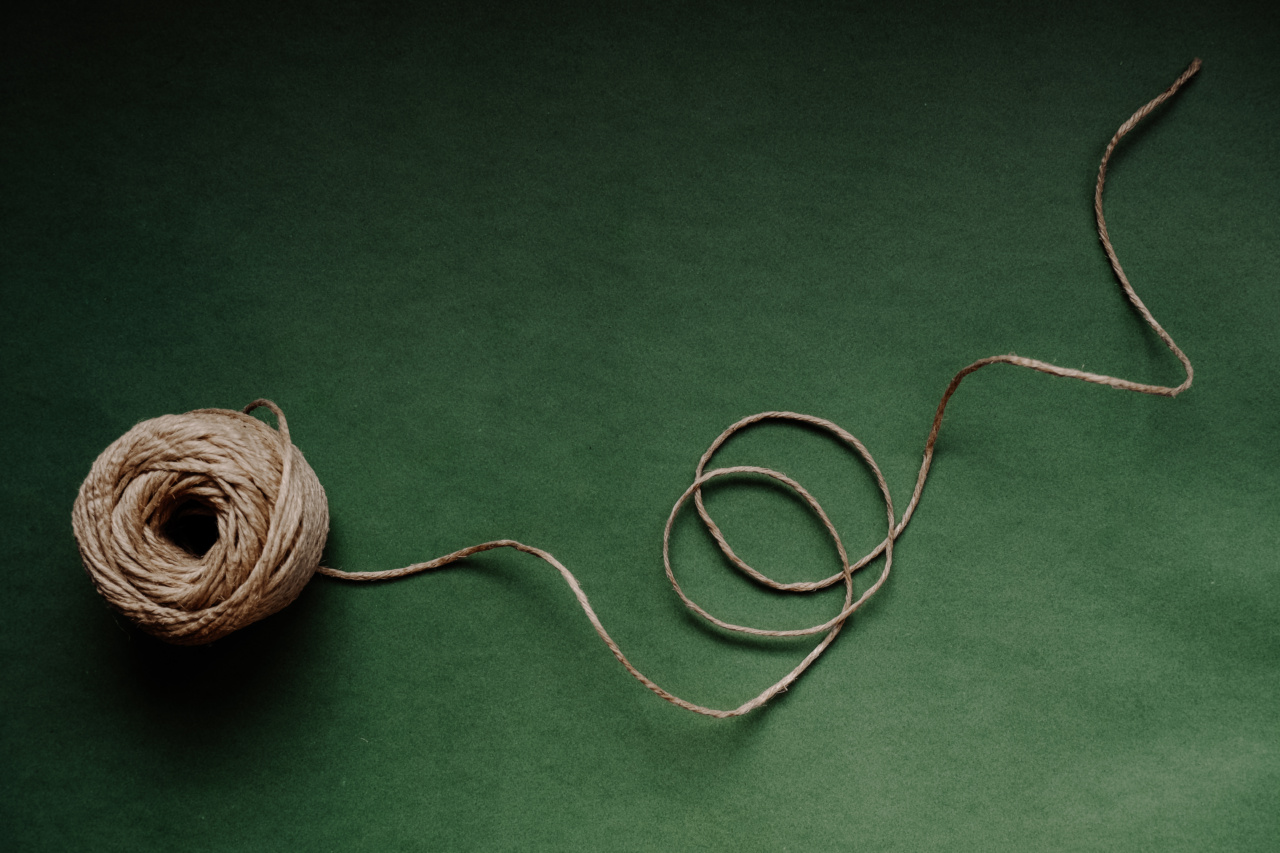When we hear the word “string” we think of that thin, flexible material that is used for tying things.
Similarly, when we hear the word “shoelace” we think of that usually flat, cord-like material that laces up our sneakers or dress shoes. While these two items may seem quite different, they share many similarities. In this article, we’ll explore the differences and similarities between string and shoelaces.
What is String?
String is a generic term used to describe any flexible, thin material that can be used for tying things together. It can be made from a variety of materials including cotton, nylon, polyester, and more.
String can be single or multiple strands and can be twisted, braided, or woven. It is used in many different applications such as tying packages, sewing, crafting, and more.
Uses of String
One of the most common uses for string is in packaging and shipping. When sending a package, string can be used to tie the box closed or to secure the contents inside.
It’s also used in sewing, where it’s used to create seams and join pieces of fabric together. String is also used in crafting, where it can be used to create jewelry, macramé, and other decorative items.
What is a Shoelace?
A shoelace is a type of string that is used specifically for lacing up shoes. Shoelaces are usually flat and are made from materials such as cotton, polyester, or nylon. They come in a variety of colors and lengths to fit different styles and shoe sizes.
History of Shoelaces
Believe it or not, shoelaces have been around since the 18th century. Prior to the invention of shoelaces, shoes were often fastened with buckles, buttons, or laces that were woven into the shoe itself.
In the late 18th century, shoelaces as we know them today were introduced. They were made from silk and were much thinner and more flexible than the laces that came before them. Over time, shoelaces became less of a luxury item and more of a necessity, as they were used to keep shoes securely on feet during physical activity.
Uses of Shoelaces
As we’ve mentioned, shoelaces are primarily used to secure shoes onto feet. They keep the shoe snugly in place, preventing slips and falls.
Shoelaces can also be used for decorative purposes, with different shoelace patterns and styles becoming popular for different fashion trends. Finally, shoelaces can also be used in emergency situations, such as tying a makeshift splint or tourniquet.
The Similarities Between String and Shoelaces
While string and shoelaces are certainly different in their intended uses, they do have some things in common. For one, they’re both types of cordage, or small cords made up of twisted or braided fibers.
They’re also both made from a variety of materials and can be single or multiple strands. Finally, both string and shoelaces can be used for decorative purposes, such as creating a friendship bracelet or lacing up a pair of colorful sneakers.
The Differences Between String and Shoelaces
Of course, there are also many differences between string and shoelaces. For one, shoelaces are designed specifically for use as a lacing material for footwear, while string can be used for a variety of purposes.
Shoelaces are also generally flatter and wider than string, which is often round in shape. Finally, shoelaces tend to be shorter in length than string, as they’re meant to be used for tying shoes rather than larger objects.
Conclusion
So, string or shoelaces? The answer ultimately depends on your specific use case. If you need a flexible cord to tie things together, string is likely your best bet.
However, if you’re looking for a flat, wide cord that’s ideal for lacing up shoes, shoelaces are the way to go. Regardless of which you choose, both string and shoelaces are incredibly useful items that have been around for centuries.































